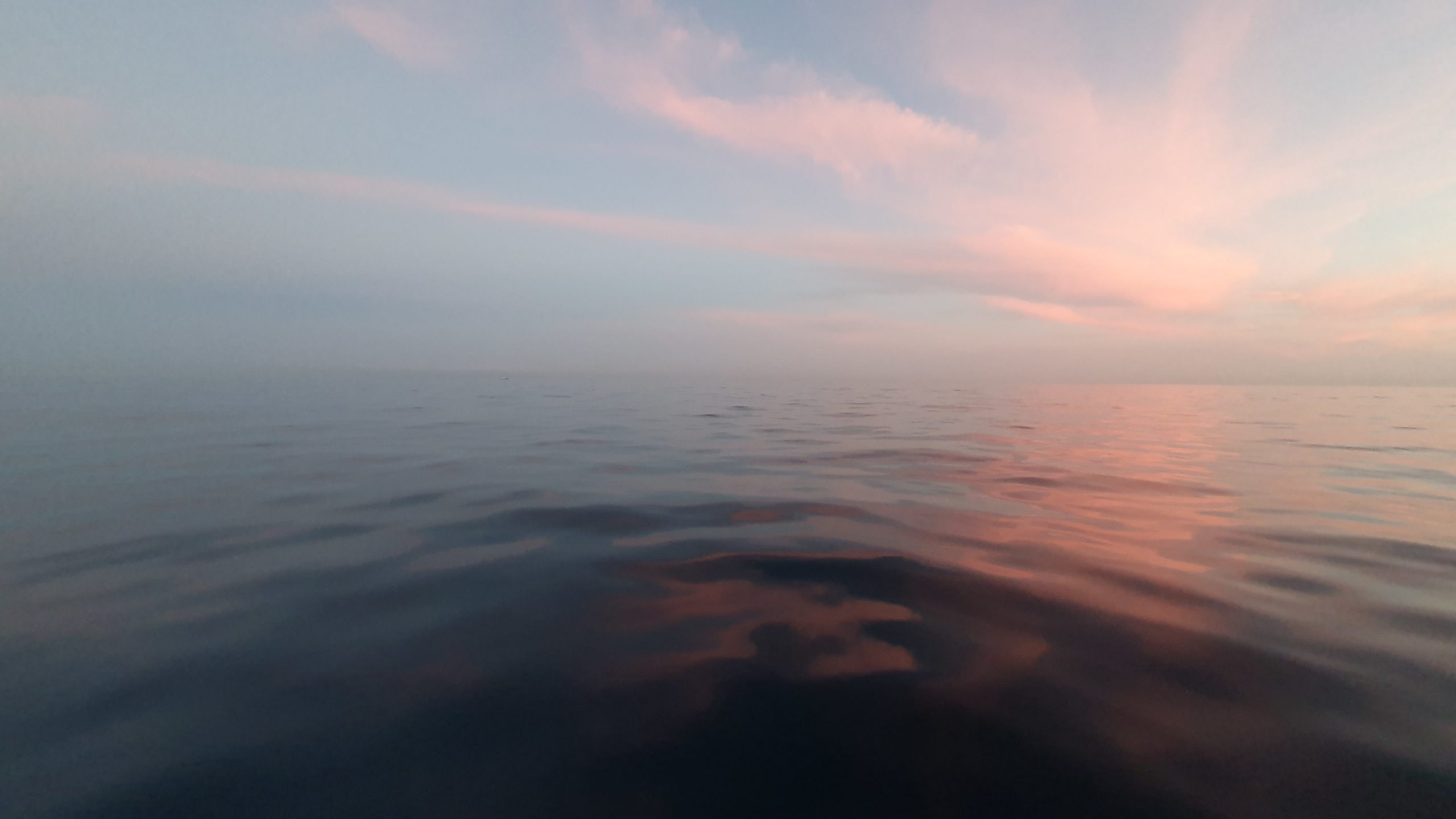During my training at Cruising Club Switzerland (CCS) there was never a slack. If the wind blew weaker (or came from the front, or the time of dinner approached), one immediately draw the starter key of the engine.
We wanted to acquire the licence for the high seas. But when the high seas showed one of their unplanned faces, the cruise planning got mixed up. In terms of training, slack water was not planned. Only the predictable high seas were good high seas.
Uninstructed
I understand the skippers from back then. What should be their educational concept in the doldrums? Perhaps a swell is running. The sails slap open and shut with an ugly bang. How long can they stand it? The boom yaws in the slack. Material suffers audibly. How many hours can a crew lie in the doldrums without going berserk? And what does it learn in the process?
Accordingly unprepared and uninstructed, I sail into my first real slack.
Only a short time before, I had been flying over water and waves for twelve hours with the remnants of a storm. Then came the lull – after the storm. Beating sails, rattling boom, at night of course. CCS-trained, I start the engine. The sound of flowing cooling water is absent, but a smell of burnt rubber rises from the engine compartment. I turn off the engine, find a destroyed impeller and replace it. I start the engine again. The water still doesn’t flow and a few minutes later there is again the smell of burnt rubber. Now I have only one spare impeller left. I order myself to a repair break so that I can continue thinking with a clear head the next day.
The lights on the shore change direction and appearance. Reykja seems to be spinning on her axis. She is drifting. Can I really sleep? What if I drift ashore? I plan emergency scenarios. Where on the coast can I drop an anchor? Where is it too deep? I’m annoyed that I don’t know at all how to sail in the doldrums.
Unimpressed
A few lulls later I know more. Even my heavy steel ship can be sailed from three to four knots of wind on, i.e. one Beaufort. It doesn’t work into every direction. It needs the utmost attention. And steering cannot be delegated to the wind vane. But it works.
I am learning to enjoy lulls. It’s warmer on deck than with wind. Almost quiet. You can hear and see dolphins right away. I can even do Pilates exercises without falling on my nose.
Less funny is calm when there is still a swell rolling. Then the sails beat angrily and loudly. Haul them in, and the boat lays across the waves, rolling and swaying. And you may miss the moment when the wind blows softly again.
By the way, the trip with the burnt impeller ends like this: within sight of Cardagena and the engine mechanic, the wind goes to sleep again. I need eight hours for five nautical miles. A military boat watches me critically for hours as I crawl past the commercial harbour towards the marina. But it does not intervene. Why should it? I make it under sails up to 20 metres from the marina. Staying on course in a near calm – that’s sailing, too.

